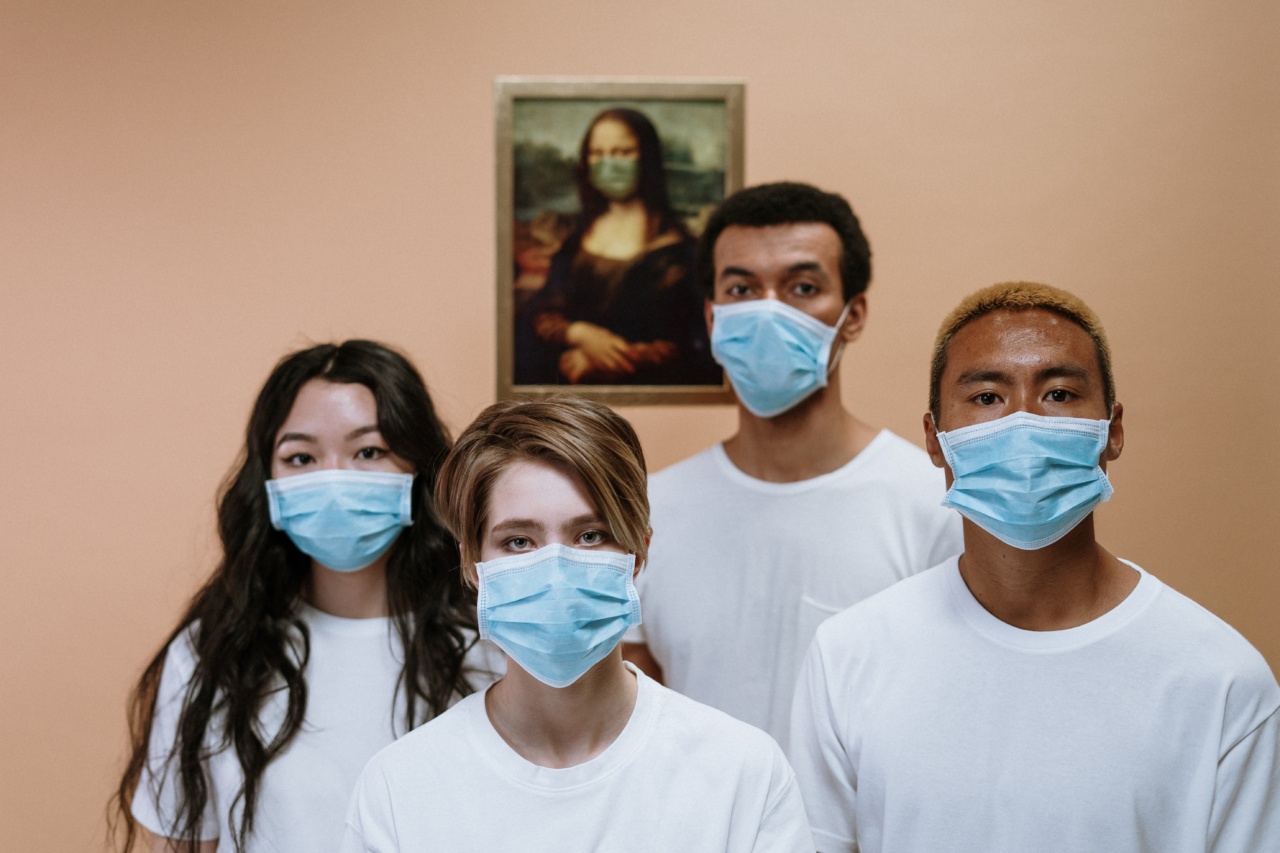Infection prevention is one of the vital aspects of healthcare delivery, particularly in the present time. It involves measures aimed at preventing the spread of infectious diseases in the healthcare facility environment.
Every year, millions of people around the world acquire healthcare-associated infections (HAIs), which can lead to prolonged hospital stays, severe illness, and even death. As a result, health facilities, governments, and healthcare providers are prioritizing infection prevention as a way to improve patient outcomes and decrease medical costs.
Types of Healthcare-Associated Infections
Infection can occur through different means in healthcare facilities. There are several types of healthcare-associated infections, including:.
- Surgical site infections
- Catheter-associated urinary tract infections
- Bloodstream infections
- Pneumonia
- Methicillin-resistant Staphylococcus aureus (MRSA) infections
These infections can spread through various means, such as inadequate hand hygiene between patients, contaminated medical equipment, and transmission through airborne droplets.
Keeping a safe and clean environment in healthcare facilities is critical in preventing these infections from spreading.
Importance of Infection Prevention in Healthcare Facilities
Preventing infection in healthcare facilities is essential for several reasons. Some of these reasons include:.
- Improved Patient Outcomes: Infection prevention measures, when implemented correctly, can lead to improved patient outcomes and shorter hospital stays. This is because infections can be debilitating and prolong hospitalization. By preventing these infections, patients can recover faster and go back to their daily lives sooner.
- Reduced Healthcare Costs: Healthcare-associated infections can be costly for patients and healthcare facilities. When patients get infected in the hospital, they require more extensive medical care, which can be expensive. Additionally, hospitals may have to take additional measures to control and contain the infection, which can also be costly.
- Protection of Healthcare Personnel: Healthcare workers are at risk of getting infected with the virus when they come into contact with sick patients or contaminated medical equipment. Preventing these infections from spreading protects healthcare personnel from getting infected, which can help ensure that adequate staffing levels are maintained and adequate care is delivered to patients.
- Preventing Antibiotic Resistance: The overuse and misuse of antibiotics can lead to antibiotic resistance, which can make many infections challenging to treat. Healthcare-associated infections can contribute to antibiotic resistance. By preventing these infections, healthcare facilities can help reduce the risk of antibiotic resistance.
Best Practices for Infection Prevention in Healthcare Facilities
Several practices are critical in preventing the spread of infection in healthcare facilities. Some of these practices include:.
- Hand Hygiene: Hand hygiene is the most critical practice for preventing the spread of infection in healthcare facilities. Healthcare personnel should wash their hands thoroughly and regularly using soap and water or an alcohol-based hand sanitizer.
- Personal Protective Equipment: Healthcare personnel should wear gloves, gowns, masks, and eye protection when providing care to patients with infectious diseases.
- Environmental Cleaning and Disinfection: Healthcare personnel should ensure proper cleaning and disinfection of the environment, including medical equipment, surfaces, and patient care items.
- Sterilization and Disinfection of Medical Equipment: Medical equipment should be properly sterilized and disinfected before use for every patient to prevent the spread of infection.
- Respiratory Hygiene and Cough Etiquette: Patients with respiratory infections should be separated from other patients, and they should cover their mouth and nose when coughing or sneezing.
The Role of Healthcare Personnel in Infection Prevention
Healthcare personnel play a critical role in preventing the spread of infection in healthcare facilities. They must be aware of the best practices for infection prevention and adhere to them consistently and diligently.
Personnel should also be trained and educated on the latest infection prevention technologies and techniques.
Healthcare personnel should also monitor patients closely for signs of infection and report any suspected cases promptly. The timely diagnosis and treatment of infections can help prevent their spread to other patients.
Conclusion
Infection prevention is the primary responsibility of healthcare facilities, governments, and healthcare providers.
By implementing best practices for infection prevention, healthcare facilities can improve patient outcomes, reduce healthcare costs, protect healthcare personnel, and prevent the spread of antibiotic resistance.
Healthcare personnel play a vital role in infection prevention and should be trained and educated on the latest infection prevention technologies and techniques.
By working together, healthcare facilities can provide safe, quality care to patients while preventing the spread of infectious diseases.





























